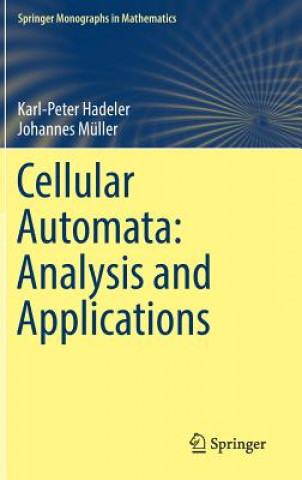
Kod: 15690965
Cellular Automata: Analysis and Applications
Autor Karl-Peter Hadeler, Johannes Müller
This book focuses on a coherent representation of the main approaches to analyze the dynamics of cellular automata. Cellular automata are an inevitable tool in mathematical modeling. In contrast to classical modeling approaches as ... więcej
- Język:
 Angielski
Angielski - Oprawa: Twarda
- Liczba stron: 467
Wydawca: Springer International Publishing AG, 2017
- Więcej informacji o książce

721.68 zł

Dostępna u dostawcy w małych ilościach
Wysyłamy za 12 - 15 dni
Potrzebujesz więcej egzemplarzy?Jeżeli jesteś zainteresowany zakupem większej ilości egzemplarzy, skontaktuj się z nami, aby sprawdzić ich dostępność.
Dodaj do schowka
Zobacz książki o podobnej tematyce
-

Frida Kahlo And Her Animalitos
77.05 zł -11 % -
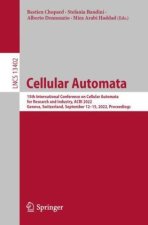
Cellular Automata
466.91 zł -
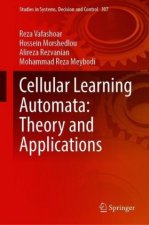
Cellular Learning Automata: Theory and Applications
874.50 zł -

Environmental Archaeology and the Social Order
778.49 zł -

Boy Named Bill
55.09 zł -
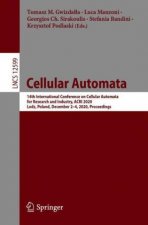
Cellular Automata
288.60 zł -

Catalysis By Gold
301.10 zł
Bon podarunkowy: Radość gwarantowana
- Podaruj bon o dowolnej wartości, a my się zajmiemy resztą.
- Bon podarunkowy dotyczy całej naszej oferty.
- Możesz wydrukować elektroniczny bon z e-maila a następnie przekazać go obdarowanemu.
- Ważność bonu wynosi 12 miesięcy od daty wystawienia.
Więcej informacji o Cellular Automata: Analysis and Applications
Za ten zakup dostaniesz 420 punkty
 Opis
Opis
This book focuses on a coherent representation of the main approaches to analyze the dynamics of cellular automata. Cellular automata are an inevitable tool in mathematical modeling. In contrast to classical modeling approaches as partial differential equations, cellular automata are straightforward to simulate but hard to analyze. In this book we present a review of approaches and theories that allow the reader to understand the behavior of cellular automata beyond simulations. The first part consists of an introduction of cellular automata on Cayley graphs, and their characterization via the fundamental Cutis-Hedlund-Lyndon theorems in the context of different topological concepts (Cantor, Besicovitch and Weyl topology). The second part focuses on classification results: What classification follows from topological concepts (Hurley classification), Lyapunov stability (Gilman classification), and the theory of formal languages and grammars (Kurka classification). These classifications suggest to cluster cellular automata, similar to the classification of partial differential equations in hyperbolic, parabolic and elliptic equations. This part of the book culminates in the question, whether properties of cellular automata are decidable. Surjectivity, and injectivity are examined, and the seminal Garden of Eden theorems are discussed. The third part focuses on the analysis of cellular automata that inherit distinct properties, often based on mathematical modeling of biological, physical or chemical systems. Linearity is a concept that allows to define self-similar limit sets. Models for particle motion show how to bridge the gap between cellular automata and partial differential equations (HPP model and ultradiscrete limit). Pattern formation is related to linear cellular automata, to the Bar-Yam model for Turing pattern, and Greenberg-Hastings automata for excitable media. Also models for sandpiles, the dynamics of infectious diseases and evolution of predator-prey systems are discussed. Mathematicians find an overview about theory and tools for the analysis of cellular automata. The book contains an appendix introducing basic mathematical techniques and notations, such that also physicists, chemists and biologists interested in cellular automata beyond pure simulations will benefit.
 Szczegóły książki
Szczegóły książki
Kategoria Książki po angielsku Mathematics & science Mathematics Applied mathematics
721.68 zł
- Pełny tytuł: Cellular Automata: Analysis and Applications
- Autor: Karl-Peter Hadeler, Johannes Müller
- Język:
 Angielski
Angielski - Oprawa: Twarda
- Liczba stron: 467
- EAN: 9783319530420
- ISBN: 3319530429
- ID: 15690965
- Wydawca: Springer International Publishing AG
- Waga: 8395 g
- Wymiary: 235 × 155 × 32 mm
- Data wydania: 15. June 2017
Ulubione w innej kategorii
-
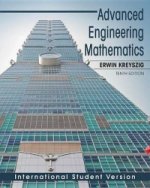
Advanced Engineering Mathematics 10e ISV WIE
326.38 zł -3 % -

Chaos
62.65 zł -9 % -
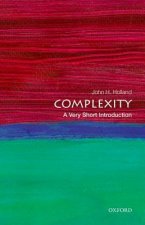
Complexity: A Very Short Introduction
42.70 zł -23 % -
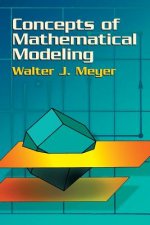
Concepts of Mathematical Modeling
81.69 zł -28 % -
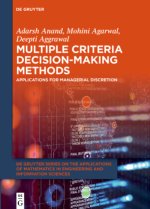
Multiple Criteria Decision-Making Methods
882.36 zł -
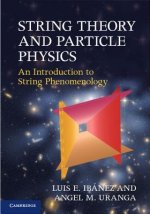
String Theory and Particle Physics
375.95 zł -
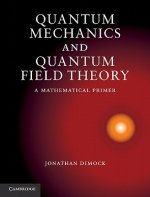
Quantum Mechanics and Quantum Field Theory
466.91 zł -
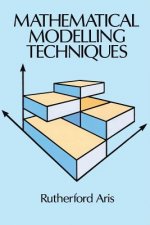
Mathematical Modelling Techniques
50.66 zł -30 % -
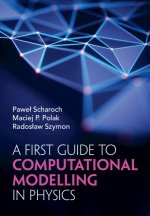
A First Guide to Computational Modelling in Physics
158.65 zł -
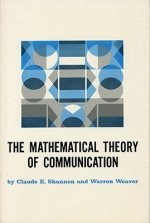
Mathematical Theory of Communication
120.17 zł -10 % -
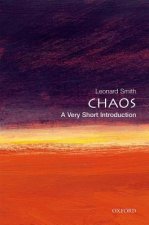
Chaos: A Very Short Introduction
42.70 zł -23 % -
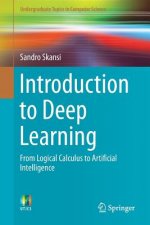
Introduction to Deep Learning
288.60 zł -
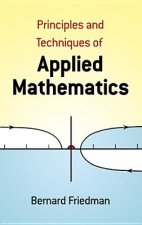
Principles and Techniques of Applied Mathematics
59.02 zł -31 % -
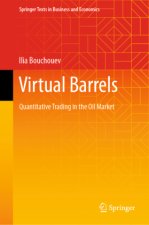
Virtual Barrels
265.94 zł -
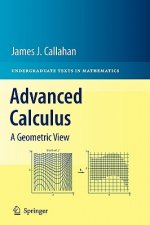
Advanced Calculus
326.18 zł -7 % -

Essential Mathematical Biology
199.85 zł -
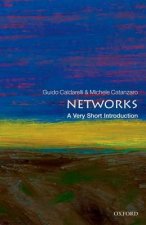
Networks: A Very Short Introduction
42.70 zł -23 % -
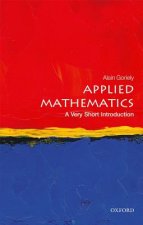
Applied Mathematics: A Very Short Introduction
53.38 zł -9 % -
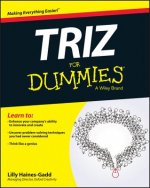
TRIZ For Dummies
105.87 zł -30 % -

Cryptography: A Very Short Introduction
57.71 zł -5 % -
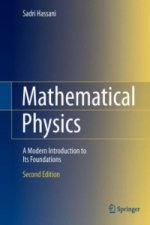
Mathematical Physics
360.33 zł -
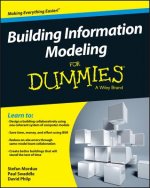
Building Information Modeling For Dummies
140.22 zł -5 % -
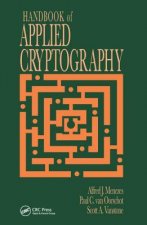
Handbook of Applied Cryptography
927.89 zł -

Essential PTC (R) Mathcad Prime (R) 3.0
390.70 zł -
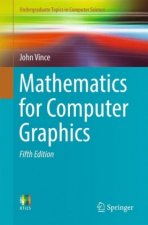
Mathematics for Computer Graphics
305.53 zł -
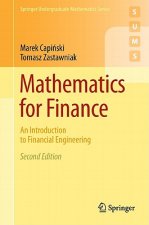
Mathematics for Finance
201.87 zł -

Mastering Financial Modeling: A Professional's Guide to Building Financial Models in Excel
407.58 zł -
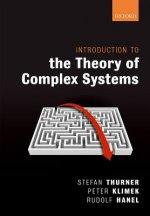
Introduction to the Theory of Complex Systems
384.41 zł -
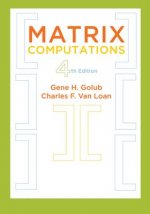
Matrix Computations
395.69 zł -
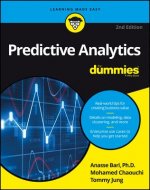
Predictive Analytics For Dummies, 2e
120.98 zł -5 % -
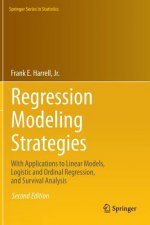
Regression Modeling Strategies
670.71 zł -
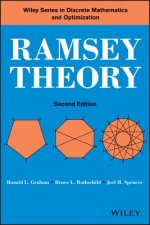
Ramsey Theory, Second Edition
458.55 zł -
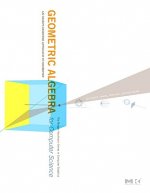
Geometric Algebra for Computer Science (Revised Edition)
428.53 zł -
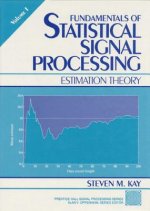
Fundamentals of Statistical Processing, Volume I
584.67 zł -
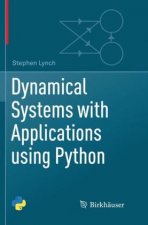
Dynamical Systems with Applications using Python
313.79 zł -
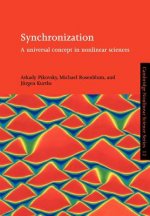
Synchronization
522.52 zł -
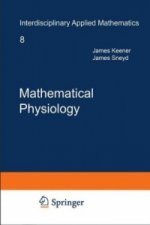
Mathematical Physiology, 2 Vols.
507.81 zł -
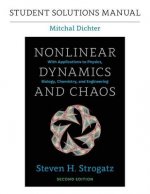
Student Solutions Manual for Nonlinear Dynamics and Chaos, 2nd edition
109.49 zł -

Networks
450.09 zł -
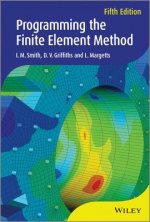
Programming the Finite Element Method 5e
674.83 zł -
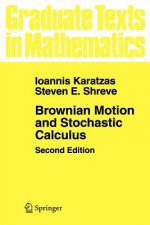
Brownian Motion and Stochastic Calculus
339.38 zł -
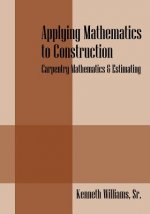
Applying Mathematics to Construction
206.91 zł -
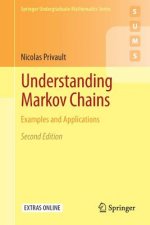
Understanding Markov Chains
237.63 zł -
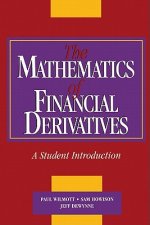
Mathematics of Financial Derivatives
401.33 zł -
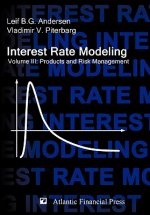
Interest Rate Modeling. Volume 3
604.42 zł -
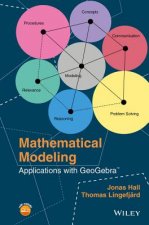
Mathematical Modeling - Applications with GeoGebra
740.92 zł -
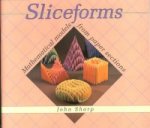
Sliceforms
27.99 zł -23 % -

Handbook of Induction Heating
902.10 zł -
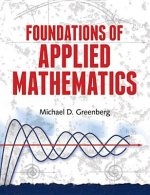
Foundations of Applied Mathematics
151.40 zł -15 %
zadowolonych klientów
Od roku 2008 obsłużyliśmy wielu miłośników książek, ale dla nas każdy był tym wyjątkowym.
Copyright! ©2008-24 libristo.pl Wszelkie prawa zastrzeżonePrywatnieCookies


 21 milionów książek
21 milionów książek Dostawa 10.99 zł
Dostawa 10.99 zł (32) 444 93 66 (8-15.30h)
(32) 444 93 66 (8-15.30h)